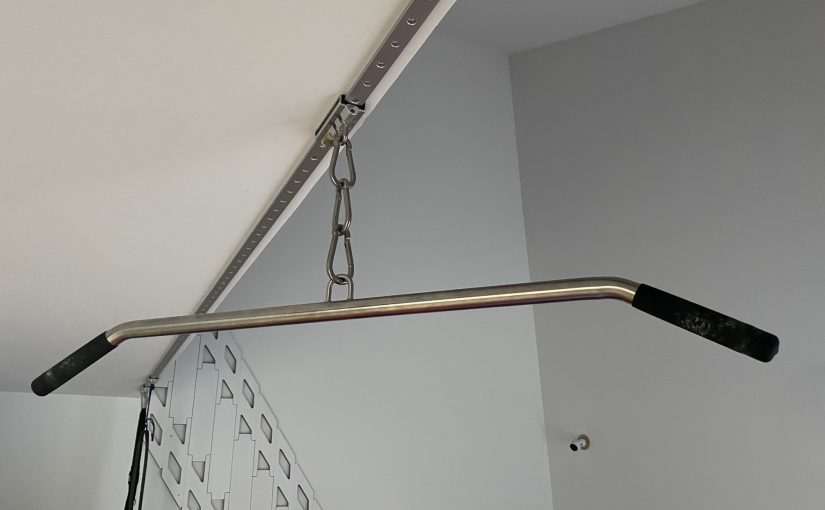I have already written a little more generally about functional training and about my introduction to training with my own bodyweight. As already mentioned, I am always looking for new impulses to bring variety into my strength training. I stumbled across the book Convict Conditioning by Paul Wade.
At first I thought the title was a bit silly, because you immediately think of yard work, where rusty weights are lifted - as you know it from US films and series. But I quickly realised that there was more to it than that. I particularly like two aspects of the book: 1) the reduction to a minimum of exercises and 2) the gradual increase of the load within an exercise. Both result from the fact that a prisoner has nothing but his body in his cell and therefore has to train in a minimalist way (if he wants to). Of course, this can also be applied to one's own training if muscles are to be built up without much expenditure on material and space. I will go into this briefly.
- With 6 Basic Exercises strength can be built up for the whole body. That's all that's really necessary and I always enjoy integrating this approach into my training for a few weeks. The exercises themselves are familiar to everyone, which is one of the great things about them.
- Push-up: Chest and Triceps
- Squat: thighs (Attention: a lot can be done wrong with squats, I had to learn a lot the hard way)
- Pull-up: upper back
- Leg lift: Abdomen
- Bridge: Spinal musculature
- Handstand push-up: shoulders
As usual, functional exercises also train other parts of the body. However, there are also (at least) two exercises for which you need aids (pull-up) or which are not quite so easy (handstand). The pull-up is an exciting exercise - if you can't even do 1 pull-up, you are either too weak or too heavy. Or in case of doubt both. But the book also helps here with the approach of increasing from easy to maximum hard.
- Paul Wade goes into detail on how to do each exercise. And brings the exciting concept of 10 steps into play for each exercise. Step 1 is the easiest execution, for a push-up, for example, a push-up standing against the wall. Whenever you reach the training goal for an exercise, you move on to the next step until you reach the top. In the case of a push-up, this is a one-arm (!) push-up. This is then really incredibly hard, but even step 6 or 7 is already top and also realistically doable for everyone. In the pull-up, step 1 is a vertical pull. You stand close to a door frame, for example, hold on to it, slowly stretch out your arms and pull back again. This is a step that anyone can do. The master step (step 10), the one-arm pull-up, is certainly only done by very few people.
Conclusion: I find the book very good, it is simply written and based on practical experience. (Pseudo)science is left out. It is also good that you can start immediately. I would buy the book again and can recommend it.
For pull-ups, by the way, I got myself a rail to which I can attach a bar, for example, which can be easily unhooked again after the exercises or pushed out of the way. I'm sure there are other solutions with less installation effort (in case you're sitting in a cell after all?).
